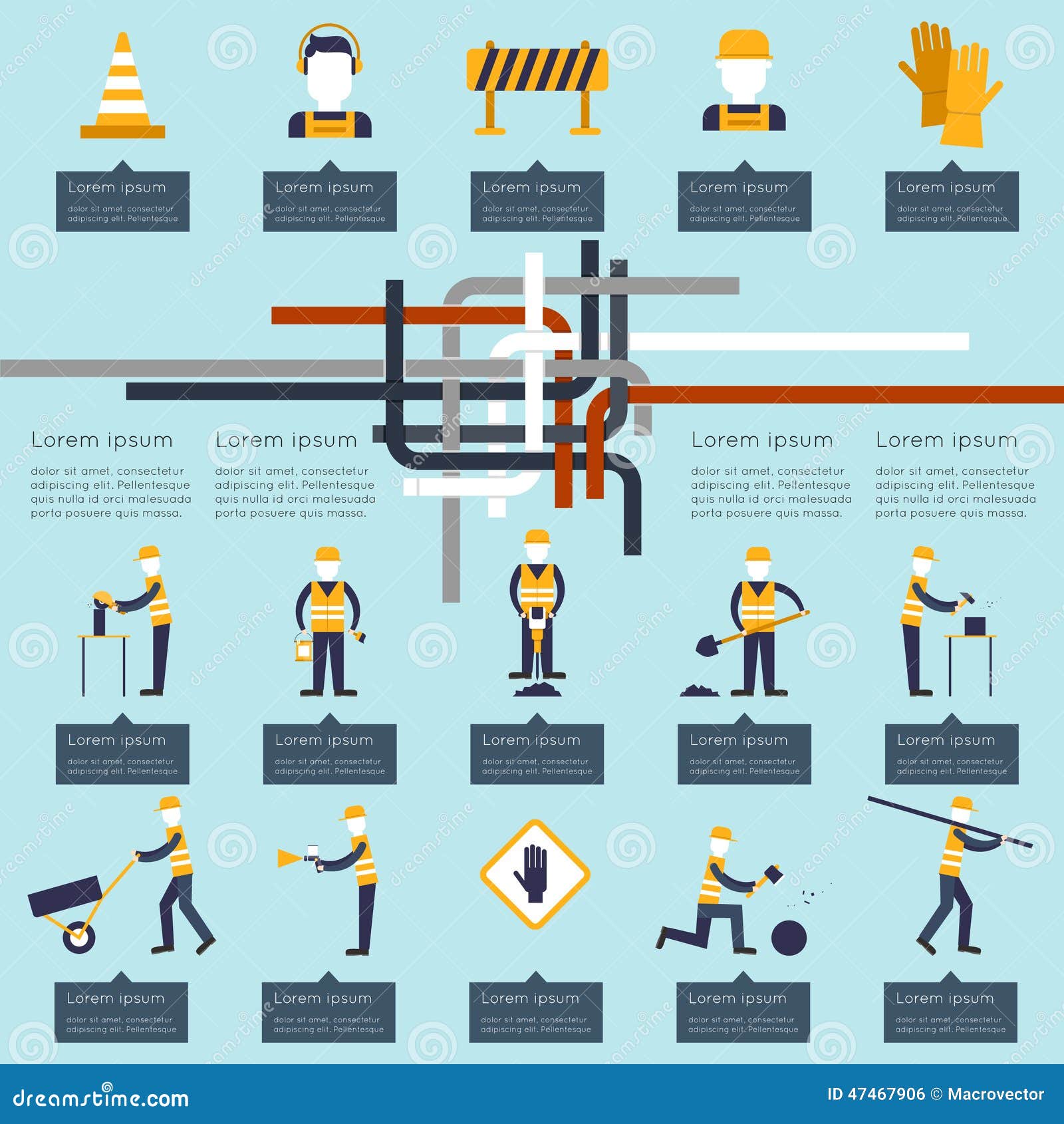Discover Just How Seasonal Influences Can Affect The Performance Of Business External Painting And Discover The Most Favorable Times To Make Sure Long Lasting Outcomes For Your Project
Discover Just How Seasonal Influences Can Affect The Performance Of Business External Painting And Discover The Most Favorable Times To Make Sure Long Lasting Outcomes For Your Project
Blog Article
Article Author-Doherty Celik
When you're intending a commercial outside painting task, seasonal elements can make or break your results. You'll want to consider just how temperature and moisture impact paint application and drying out times. Selecting the best period can guarantee your paint adheres effectively and lasts longer. Yet which seasons are truly the most effective for this sort of work? Let's discover the crucial elements that can influence your job's success.
The Impact of Temperature Level on Paint Application
When you're preparing a commercial external paint job, the temperature level can considerably affect how well the paint sticks and dries.
Ideally, you want to paint when temperature levels vary between 50 ° F and 85 ° F. If it's as well chilly, the paint may not cure correctly, causing problems like peeling or cracking.
On the other side, if it's also warm, the paint can dry out as well swiftly, stopping proper attachment and leading to an uneven finish.
You should also think about the moment of day; morning or late afternoon supplies cooler temperature levels, which can be much more desirable.
Constantly inspect the manufacturer's recommendations for the specific paint you're using, as they usually give assistance on the excellent temperature level range for optimal results.
Moisture and Its Impact on Drying Times
Temperature level isn't the only ecological aspect that affects your business exterior paint job; moisture plays a considerable function as well. High humidity levels can slow down drying times dramatically, affecting the overall high quality of your paint task.
When the air is saturated with wetness, the paint takes longer to cure, which can cause problems like poor attachment and a higher risk of mildew development. If you're painting on a particularly damp day, be planned for extended wait times in between layers.
It's important to monitor regional weather conditions and plan appropriately. Ideally, aim for humidity degrees between 40% and 70% for optimal drying.
Maintaining these consider mind guarantees your project stays on track and delivers a long-term coating.
Best Seasons for Commercial Exterior Paint Projects
What's the very best season for your industrial outside paint projects?
cabinet painters near me and early fall are commonly your best options. Throughout these periods, temperatures are moderate, and humidity degrees are typically reduced, developing suitable conditions for paint application and drying out.
Prevent summer's intense heat, which can trigger paint to dry as well promptly, resulting in inadequate adhesion and finish. Similarly, https://ricardoaksbk.estate-blog.com/34179396/the-ways-painting-firms-redefine-your-room can prevent appropriate drying and healing, risking the longevity of your paint task.
Go for days with temperatures between 50 ° F and 85 ° F for optimum results. Bear in mind to check the regional weather prediction for rain, as wet conditions can destroy your project.
Preparation around these variables guarantees your paint project runs smoothly and lasts longer.
Conclusion
Finally, preparing your industrial outside paint tasks around seasonal considerations can make a significant difference in the end result. By scheduling job throughout the perfect temperatures and moisture degrees, you'll guarantee much better attachment and drying out times. see here now in mind to watch on local weather report and pick the correct time of year-- springtime and very early fall are your best options. Taking these steps will aid you accomplish a sturdy and specialist coating that lasts.
